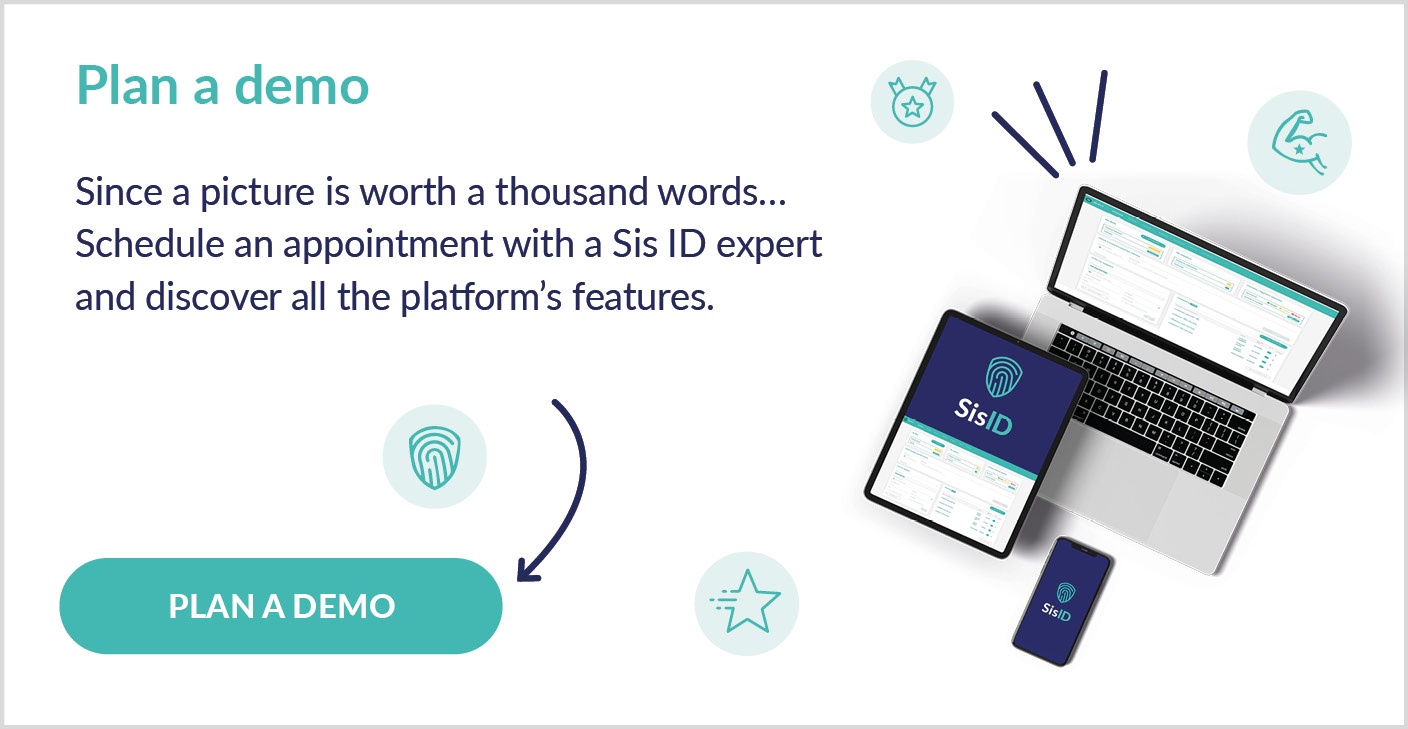Payment fraud: A step-by-step guide to safeguard your business
Payment fraud poses a significant and multifaceted threat to businesses of all sizes. The repercussions can be dire, encompassing financial losses, tarnished reputations, and operational disruptions. In our contemporary digital landscape, where the majority of transactions are conducted online, it is imperative for businesses to implement robust measures to shield themselves from the myriad forms of payment fraud.
Step 1: Understand the types of payment fraud
Payment fraud can materialize in numerous forms within a business context. Gaining an in-depth understanding of these forms is crucial for recognizing potential risks.
Step 2: Analyze vulnerabilities in your payment processes
To effectively safeguard against payment fraud, businesses must meticulously analyze their payment processes and systems to identify potential vulnerabilities.
Step 4: Monitor transactions and conduct regular audits
Continuous monitoring and periodic audits are vital in detecting and preventing payment fraud.
Step 5: develop an incident response plan
Despite the best preventive measures, payment fraud incidents can still occur. Having a well-defined incident response plan is crucial to minimize damages.
Stay ahead of payment fraud
In the ongoing battle against payment fraud, businesses must remain vigilant, informed, and cooperative.






